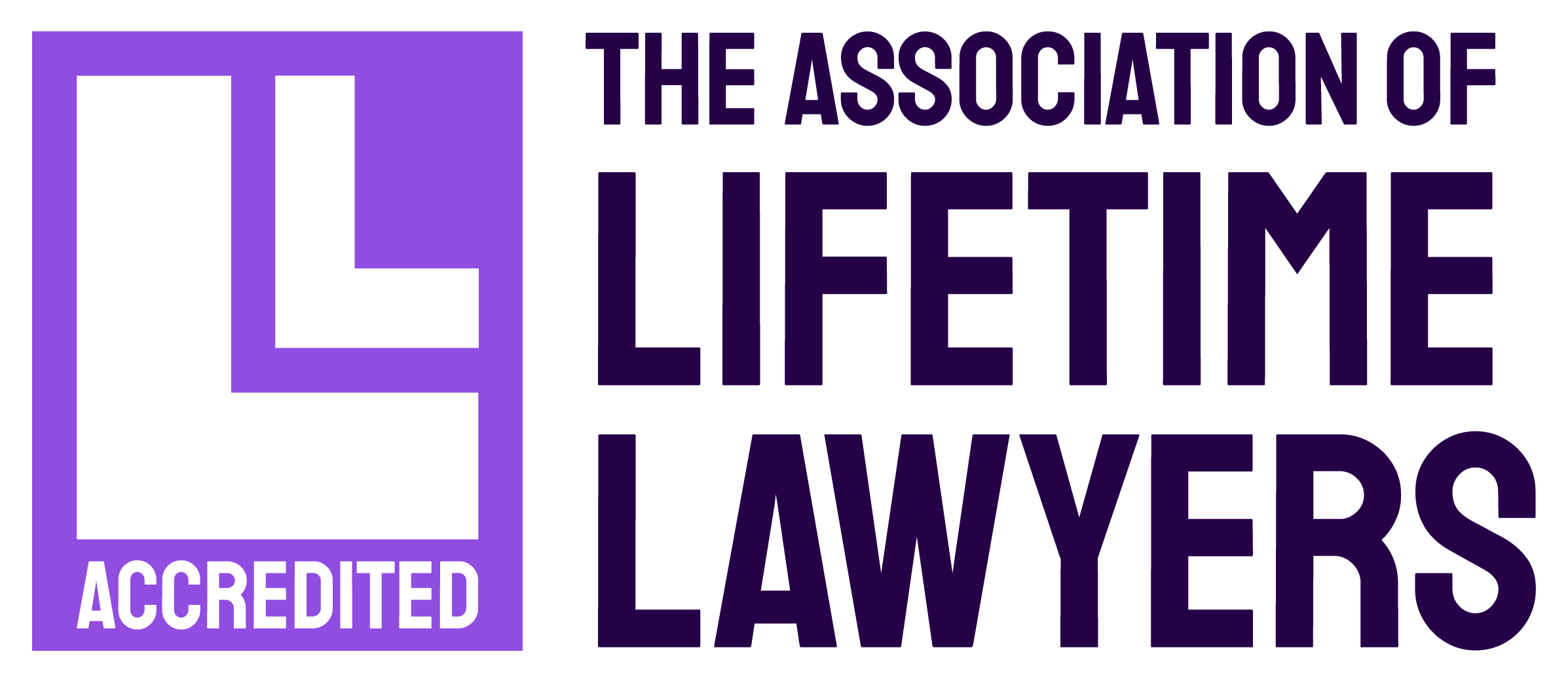Section 106 and 278 Agreements – what you need to know
If you’re a developer or anybody who has to deal with planning law in their line of work, you’ll likely have heard of Section 106 and 278 Agreements.
These two types of legal agreement are made between developers and local planning authorities. Both are key components in any successful development project.
In this article, we’ll give you a whistle-stop tour of these two types of planning agreement. Along the way, we’ll provide up-to-date and relevant guidance for developers currently negotiating the complex planning approval process.
We’ll discuss:
- What is a Section 106 Agreement?
- Negotiating a Section 106 Agreement
- Buying or selling a house with a Section 106 Agreement
- What is a Section 278 Agreement?
- The difference between a Section 278 and a Section 38 Agreement.
What is a Section 106 Agreement?
A Section 106 Agreement is a legal agreement governed by Section 106 of the Town and Country Planning Act 1990. They are also known as ‘planning obligations’. Section 106 governs the steps a developer must take to reduce the impact of any new development on the local community. They are usually drafted where the impact of the development is larger than can be accommodated by simple planning conditions.
The planning obligations imposed by a Section 106 Agreement can take many forms; some examples include:
- Dedicating a certain percentage of the development to affordable housing
- Providing green or open spaces for the enjoyment of residents and wildlife
- Building new schools or colleges
- Installing playparks or other recreational facilities
- Putting new infrastructure in place, including shops, supermarkets and roads
- Installing public art pieces such as sculptures or murals
- Making other financial contributions to ease the impact of the development.
A local planning authority cannot enforce planning obligations via a Section 106 Agreement without good reason. Under the Town and Country Planning Act, planning obligations must meet three main criteria.
They must:
- Be necessary to make the development acceptable in planning terms – any other issues can be dealt with by a planning condition
- Directly related to the development
- Fairly and reasonably related in scale and kind to the development – i.e., contributions should be in proportion to the size and cost of the development.
Negotiating a Section 106 Agreement
Clearly, planning obligations have the potential to put pressure on developers’ budgets and squeeze their profit margins. However, it is possible to contest and negotiate the terms of a Section 106 Agreement to a certain extent.
Your best bet for securing a more favourable Section 106 Agreement is to instruct a specialist planning solicitor. They will have an excellent understanding of all the relevant planning laws and the scope for negotiation in your particular case. They will likely advise that you:
- Get started early.
If you don’t start discussions with the planning authority well ahead of time, your planning approval could be delayed. This will have a knock-on impact on project’s progress – and your bottom line.
- Ensure you’re not paying out twice.
Even if your local council has adopted the Community Infrastructure Levy (CIL), you may still face additional charges for planning obligations. It is important to ensure there is no duplication of the obligations set out in the CIL and the planning obligations (i.e., that you’re not contributing twice).
- Explore the possibility of securing some of the planning obligations with a condition.
You may be able to secure some of the planning obligations by a condition of planning permission, rather than via a Section 106 Agreement. Remember, the Agreement is only for remedying impacts on the local community that are unacceptable in planning terms.
- Avoid future impacts.
A Section 106 Agreement ‘runs with the land’, i.e. they apply to the land and all the buildings on it. As such, some planning obligations have the potential to impact residents and other stakeholders well into the future. You might be able to negotiate a clause that ensures any payments and other obligations aren’t passed on to individual owners.
- Exert more control over the payment and expenditure of contributions.
You may be able to request that the local planning authority expend your financial contributions within a set period of time, after which they return any unspent funds to you. Or you may be able to negotiate phased financial contributions – this is particularly relevant where not all stages of the development will be undertaken at the same time.
Section 106 Agreements when buying or selling a house
As mentioned above, it’s not just developers who have to contend with Section 106 Agreements. Depending on the terms, homeowners may struggle to buy or sell a property restricted by a Section 106 Agreement.
Some common restrictive covenants include:
- The house must be sold to local people or to key workers
- It must be sold at a certain percentage of its market value
- There must be a discount if the home is sold to a first-time buyer.
Don’t panic – it is absolutely possible to sell a property covered by a Section 106 Agreement. It may take a little extra time, and you may have to jump through a few extra hoops, but a specialist planning solicitor will be able to provide you with the guidance you need for a successful sale.
For example, they will be able to see whether the restrictions on your home have a time limit. Some covenants might only require you to market to buyers fitting the criteria for a certain number of weeks, for instance. They will also be able to guide you through any extra requirements imposed on you by the Section 106 Agreement. For example, you will likely need to have your home valued by a RICS Chartered Surveyor.
What is a Section 278 Agreement?
A Section 278 Agreement is an agreement that is governed by Section 278 of the Highways Act 1980. It covers any roadworks or alterations a developer might need to make to public highways to facilitate access to the development site, or to allow for increased traffic. Works covered by a Section 278 Agreement (also known as a highway agreement) include:
- Roadworks to provide access to the development site, such as a new roundabout or junction
- Roadworks to build or alter roads close to the development site to ease traffic or facilitate access
- Improved infrastructure for pedestrians and cyclists
- Traffic calming measures such as chicanes and traffic lights.
A Section 278 Agreement will usually require the developer to pay for the costs of any roadworks set out. The developer must also pay any application, inspection or approval fees required by the local authority.
The developer will also likely need to support the Agreement with a performance bond or commuted sum. This is essentially an insurance measure which protects the council financially if the developer goes into liquidation or does not carry out the works to the required standard.
Roadworks can only commence when two steps have been taken:
- The Agreement has been signed by both the developer and the local council and a performance bond has been agreed
- The developer has complied with all pre-commencement requirements as set out in the Agreement.
What is the difference between a Section 278 and a Section 38 Agreement?
Section 278 Agreements can sometimes be confused with Section 38 Agreements, both of which are governed by the Highways Act. The former Agreement covers the roadworks that a developer may undertake in connection to a new development. Whereas the latter is used when a developer wants the council to adopt a road they have built as a public highway.
In other words, Section 38 Agreements are used when the local authority will be taking over maintenance of a road built by a developer. It helps ensure that the road will be built to the council’s desired standards and won’t result in costly maintenance and repairs. Once the Agreement is signed, the developer must construct the road according to the agreed requirements, for example by ensuring it is properly drained and lit.
Unlike a Section 278 Agreement, the local authority has no right to insist that a developer enter into a Section 38 Agreement. However, it is often to the developer’s advantage to do so. The process of adopting a road as a public highway can be lengthy, and the developer will have to maintain the road until it’s complete. With a Section 38 Agreement already in place, this process can be undertaken more quickly and save money in the long run.
Here to make your life easier
When you’re working on a development project, it is vital to instruct a knowledgeable planning solicitor. They could mean the difference between a smooth, stress-free experience and a catalogue of delays and extra expenses. We come highly recommended by our clients and fellow professionals alike, and have years of experience in helping developers negotiate with their local planning authorities.
For an informal chat through your requirements, please get in touch with our Head of Planning, Salvatore Amico. You can call him on 0203 871 0039 or email salvatore.amico@attwaters.co.uk.




















